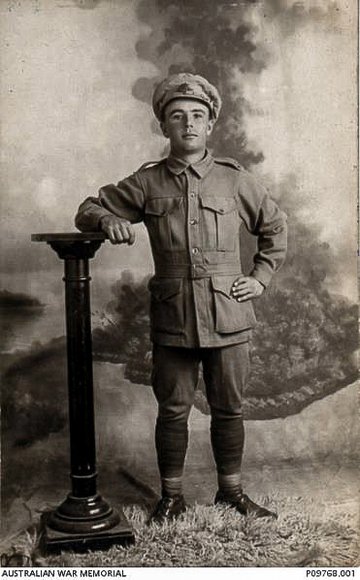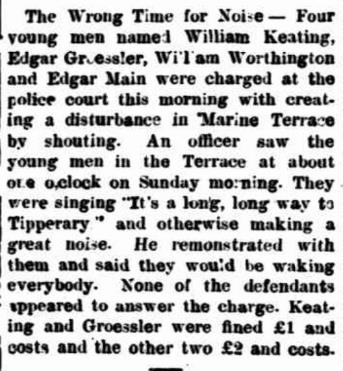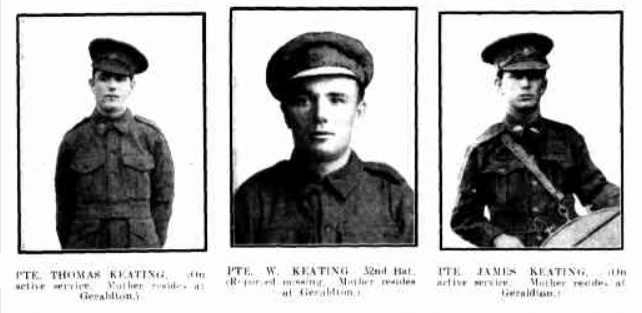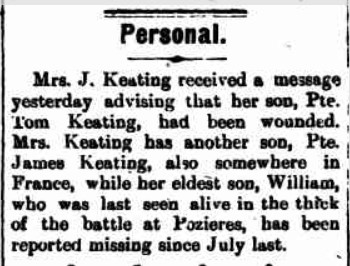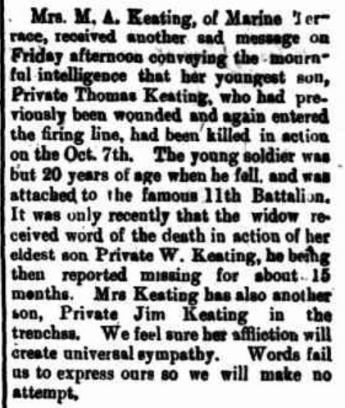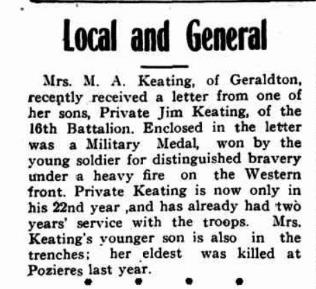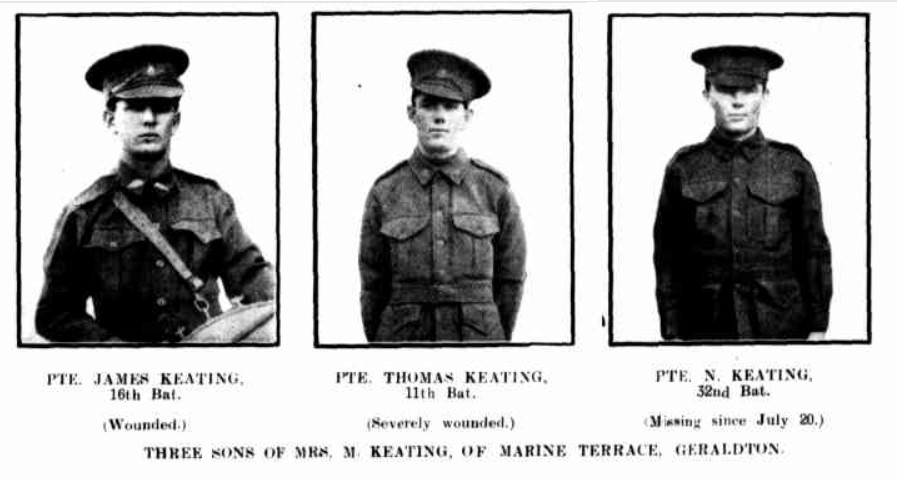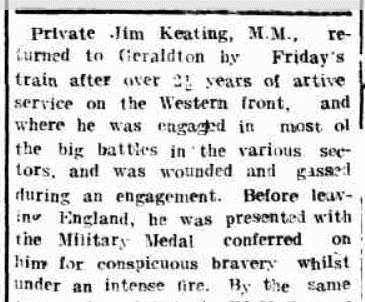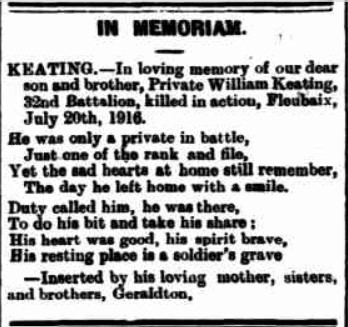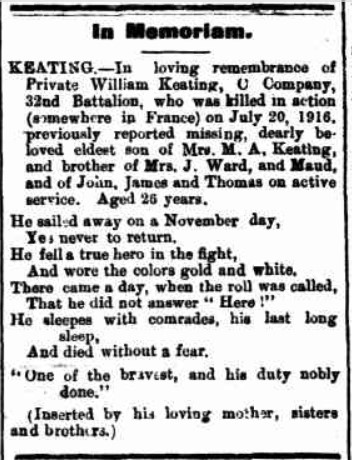William KEATING
Eyes hair dark brown, Hair eyes brown, Complexion dark
William Keating – It’s a long, long way from Tipperary.
Can you help us find William?:
William Keating was last seen in the German trenches on the 20th July 1916. As part of the 32nd Battalion, he was positioned near where the Germans collected soldiers that were later buried at Pheasant Wood. There is a chance he might be identified, but we need help. We are still searching for suitable family DNA donors.
In 2008 a mass grave was found at Fromelles, a grave that the Germans dug for 250 (Australian) bodies they recovered after the battle. One hundred and eighty of these soldiers (current at 2024) have been identified and given proper burials and recognition through finding family DNA donors. Seventy soldiers remain unknown and some identifications are highly likely. We just need to find DNA donors.
If you know anything of William’s contacts here in Australia or his relatives from Western Australia, please contact the Fromelles Association.
See the DNA box at the end of William’s story for what we do know about his family.
With thanks to Stephen Brooks and Geoff Tilley In Search of Charles Albert Stokes DCM for their contribution to the preparation of this story.
William “Willie” Keating was born in Northampton, Western Australia; he was one of seven surviving children to parents James and Mary Ann Keating. According to a local newspaper, William’s father died in July 1899 at the Geraldton Victoria Hospital from Bright’s disease, acute kidney deterioration, aged 31 years. He had been unwell for eighteen months. At the time of his death his youngest child was three weeks old and William was eight years of age. A public subscription was raised to assist the widow and her children raising £22 6s.
Raised in Geraldton, at the time a mining town, William worked as a horse driver.
He and his six siblings (Ellen Maud, Margaret, James, Thomas, Lavinia and John) were raised by their mother, Mary Ann Keating. Three of the Keating boys enlisted, and only one, James Keating M.M. 16th Battalion, returned home.
William’s family of Northampton, WA
William’s family had been in the Geraldton and Northampton area since at least the 1860s. His paternal grandfather Cornelius Keating married Mary Ann Coughlan (or Cochrane, Cockley or Cocklan depending on the transcription record) in 1863 at Wanerenooka Mines, Northampton. Cornelius had been transported to Western Australia in 1854 from Kerry in Ireland on the ship Ramilies to serve a 15-year sentence for an unrecorded crime.
Just a year later, his maternal grandparents, William Brown and Margaret Johnston, married just 50 kilometres south of Northampton at Geraldton. A newspaper story at Margaret’s death in 1930 records her arrival in Western Australia as an English immigrant. From there she quickly left for Champion Bay, now known as Geraldton, and was married within two years to William Brown. They followed the lead mining trade around the Geraldton Northampton area until its demise. Later in life and after William Brown’s death, she moved to Fremantle.
At War
In July 1915, William enlisted like many from Western Australia at Blackboy Hill, Perth. He was only 5 feet 3 inches tall, (barely 160cm) and aged 23.
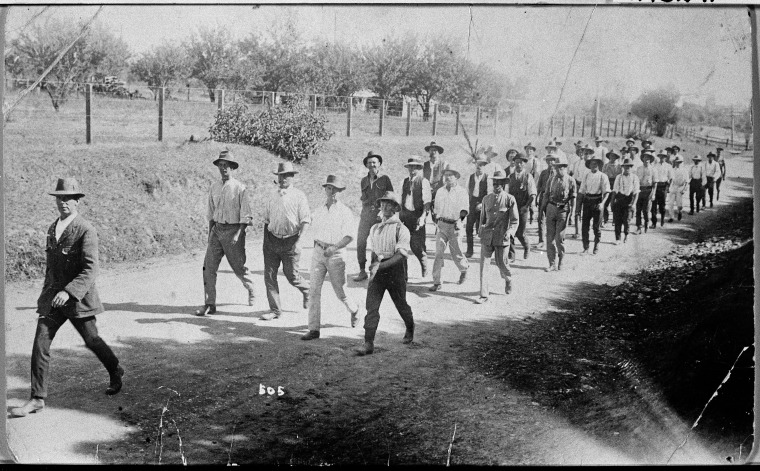
Attached to C Company with the 32nd Battalion, William embarked in November 1915 aboard either HMAT Katuna A13 or HMAT Geelong A2 . The Battalion was split across the two troopships and, as William’s AIF record includes both ships, it is unclear exactly on which one William left Australia.
He arrived in Egypt in December 1915 joining the British Expeditionary Force where he conducted further training with his battalion, before embarking to France in June 1916. On arrival in France, William was sent to Morbecque near Hazebrouck in northern France.
It was in July 1916 that William’s battalion moved to their billets at Fleurbaix in preparation for an assault at Fromelles. The assault on the German trenches was on the extreme left flank with the two battalions to cross only 100 metres of no man’s land to get to the German trenches. The assault was to commence at 6pm on 19th July 1916.
The 32nd and 31st Battalions were to form the first and second waves of the attack. Even before the attack commenced, the Australians suffered casualties from the German artillery but also from the inexperienced Australian artillery who lacked the skills to provide adequate cover.
With the Australian’s suffering heavy casualties from the artillery and German machine gun fire, the men from the 31st and 32nd battalions against all odds were able to capture a small section of the German trenches. With no follow up support by the Australians and continued German counter attacks, the Australians were forced to withdraw.
By the morning of the 20th July 1916, the attack was over and the Germans removed the Australian casualties from their trenches, burying them in large pits near Pheasant Wood. The Australians who had survived the attack and reached the German trenches were taken prisoner.
The details of William’s fate are unknown, but from a Red Cross file it was reported that William was seen killed in the German trenches. 3293 Corporal D.F. Veale 32nd Battalion stated:
'I was told by Sgt. McDowell of C Co. that he had seen Keating killed in the German trenches at Fromelles about the 20th July.'
Private William Keating was originally reported as missing. His family had written to the Red Cross multiple times making inquiries to see if William was now a prisoner of war in Germany.
In a letter published in the Geraldton newspaper in February 1917, it was reported:
It will be remembered that No.974, Pte. William Keating, of the 32nd Battalion, and son of Mrs. J. Keating, of Geraldton, was reported missing on the 20th July last. His relatives have since been making inquiries from several quarters for some definite particulars concerning the young soldier, but other than that he was last seen in the thick of the battle by some comrades, who were soon afterwards wounded, no information could be obtained. However, his sister, Mrs. J. Ward, received the following letter from the Red Cross Society, Perth, by last mail.
“With reference to your enquiry at this office regarding No. 974, Pte. W. Keating, 32nd Battalion, we have received a report of a statement made to our Commissioners from Cpl. Veale, No. 3293, 32nd Battalion, who on the 8th December was in No. 9 General Hospital, Rouen, and who was informed by Sergt. McDowell that he had seen Keating killed in the German trenches at Fromelles about the 20th July. We would draw your attention to the fact that Cpl.Veale is only repeating what was told to him by another soldier, and the statement is not corroborated, and is therefore not official. Our Commissioners are endeavoring to get into touch with Sgt. Mc-Dowell, and so soon as they have any further information they will send it to us, and we will forward it on to you."
It was not until a Court of Inquiry on 25th August 1917, that William was pronounced killed in action on 20th July 1916.
The three Keating brothers at war
William (born 1891), the eldest of the brothers, was the first to enlist in July 1915 leaving Australia in November 1915. A month later in December 1915, the next eldest brother James (born 1895) enlisted while in March 1916 Tommy (born 1897) signed up. The youngest (John) was still underage at this time. James embarked in July 1916 and Tommy left Australia in August 1916. By the time James and Tommy arrived in Europe, their mother had been advised that William was listed as missing in action.
Jim wrote to his mother in late September 1916, still not having heard any official news about William.
Private Jim Keating, No. 5735, 18th Reinforcements, 16th Battalion, 4th Brigade, A.I.F., writing to his mother and sister, under date September 29, says.
“Tommy arrived here the other day, but I haven't seen him yet. Len Crabbe brought Louie Ebhert down to see us last night. You know him: his father used to keep the Geraldton Hotel. He is in the navy. We are shifting from this camp tomorrow about eight miles away. We have to march there. We had a review by the King last Wednesday: there were over fifty thousand Australians there. It was a bonzer sight. We had a march past. There were 24 bands there. We had to march then over to Bulfort, six miles, and it was raining, too, and not too good either."
"I enquired about Willie, and I am enclosing the card I got back. I don't know if you have heard anything about him or not. "
"There are a lot of our unit going soon. Arthur Carpenter, Hipper, McGuinness, and Criddles are going. I am still in the band. I won't be going for a good while yet. I will tell Tommy to get in the band when I see him. This place is worse than Blackboy — it's thick with mud. We are getting a drop of rain now. I had my photo taken with Ernie Fathers on Sunday. I will send some to you when I get them. I am writing this in the band room. They are playing, so I have a bit of music. I will send you a few English papers. They will give you a bit of an idea what things are like. I see George Bellgrove is here. He hasn't been over there yet. I suppose things are pretty quiet over there now. I think I have told you all this time……”
6068 Private “Tommy” Thomas Keating enlisted in March 1916 and was assigned to the 11th Battalion. He arrived in France during January 1917 and was wounded at Bullecourt on 9 April 1917. He spent two weeks in a hospital in France with a severe shell or bullet wound to his left thigh before he was evacuated to England where he spent several months before re-joining his unit in August 1917. Thomas was killed in action in Belgium on 7th October 1917 aged 20 years. Like his brother, William, he has no known grave but Thomas is remembered at Menin Gate.
5735 Private James “Jim” Keating enlisted in January 1916 and was attached to the 16th Battalion. He was awarded the Military Medal for “gallantry and distinguished service in the field” in 1917. Unfortunately, further details of the basis for the award are not known as documentation for the recommendations has not been located. It is thought, however, the award was for actions near Messines during June or July 1917 whilst under heavy fire.
Jim was eventually allowed to return home after writing to the Commanding Officer, 16th Battalion during January 1918
“….I was awarded the Military Medal on 26 August 1917.
Owing to the death in action of my two elder brothers on 20/7/1916 and 8/10/1917 whilst serving with the 32nd Battalion AIF and 11th Battalion AIF, I am now the sole support of my widowed mother and baby girl of the age of four years.
The allotment of 3/- (shillings) per day of my pay is insufficient to support them.
My mother resides at Fitzgerald Street, Geraldton, W.A.
…..I am, yours obediently, 5735 Pte. J. Keating M.M."
The four year old baby girl is believed to be his niece, Evelyn Bisby, the daughter of his sister, Lavinia, who had died in 1913. Jim’s request was approved by the General Officer Commanding, AIF, Sir William Birdwood, and he returned home in May 1918.
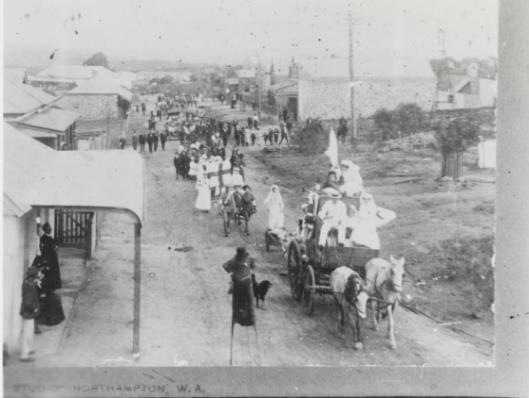
Remembering William
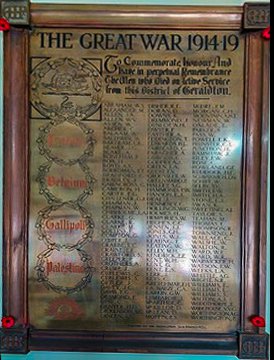
William has no known grave but he is commemorated on VC Corner, Australian Cemetery and Memorial, Fromelles France. He is also remembered on the Geraldton Honour Roll Board and on a family headstone at the Geraldton Apex Park Pioneer Cemetery. The headstone honours both William and Thomas and it is inscribed as follows:
| Sacred to the Memory of WILLIAM KEATING Killed in action at Flerbaix in France Aged 25 years (?) months He sleeps beside his comrades In a hallowed grave unknown But his name is written in letters of gold In the hearts he left at home R.I.P | Sacred to the Memory of THOMAS KEATING Killed in action at Ypres in France Aged 20 years 8 months He sleeps not in his native land But under foreign skies Far from those that loved him In a hero’s grave he lies R.I.P |
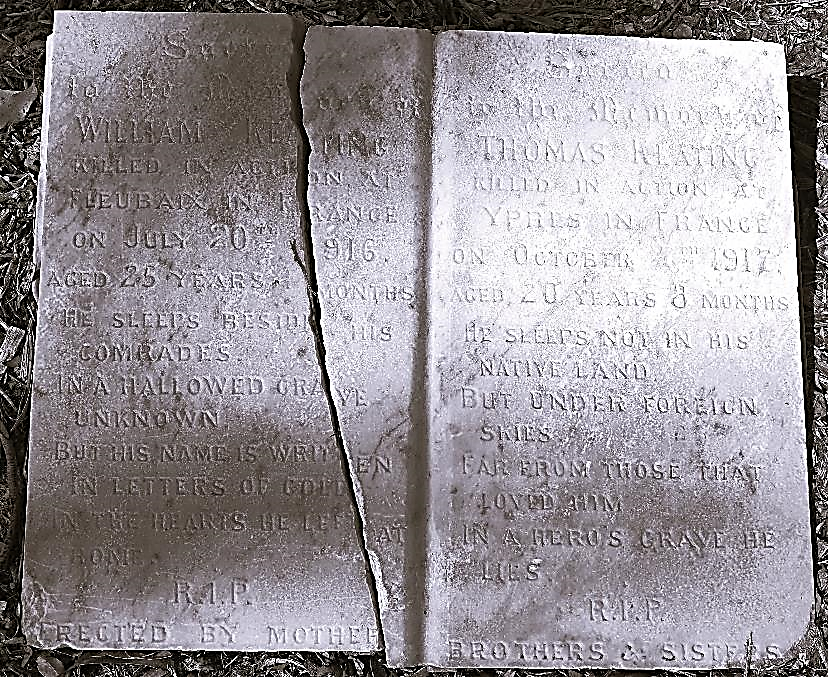
His mother and sister placed memorial notices in the Geraldton Guardian, a local newspaper, for some years. On 20th July 1920, his mother wrote:
Only a grave of a hero,
Only a mound of earth,
Far from the land of the wattle,
The place that gave him birth,
Somewhere in France he is lying,
He answered his country’s call.
While his sister wrote:
He sleeps not in his native land,
But under foreign skies,
Far from those who love him,
In a hero’s grave he lies.
Help us identify William
With no burial details, there is no true closure for the family. But is there still a chance?
As described at the beginning of this story, it is possible that William is one of the yet to be identified soldiers from the mass grave that was dug by the Germans. The evidence given that William was killed in the German trenches increases the likelihood that he was one of those buried by the Germans. We just need to find DNA donors to test for a match with the bodies in the grave.
If you know anything of William’s family, we would like to hear from you.
DNA is still being sought for family connections to
| Soldier | William KEATING 1891-1916 born Northampton, WA |
| Parents | |||
| James Edward KEATING 1867– 1899 WA and Mary Anne BROWN 1867 – 1949 WA |
| Siblings | |||
| Four died in infancy Elizabeth (1885), Arthur and Samuel (twins 1892), Lillian (1898) | |||
| Ellen Maud – b 1887 d 1963 | |||
| Margaret – b 1889 d 1949 (Geraldton) married 1911 to John E. WARD (Geraldton) | |||
| James – b 1895 d 1956 (Fremantle) | |||
| Thomas Henry – b 1897 d 7 October 1917 Belgium | |||
| John Patrick – b 1899 d 1969 (Fremantle) m 1935 to Ida M. JACKSON (Fremantle) |
| Nieces | |||
| Dorothy Agnetta Ward b 1911 m 1934 to Edward B. SIVEWRIGHT (Geraldton) | |||
| Norine/Morine Geraldine Ward b 1913 m 1938 to John S. QUINN (Fremantle) | |||
| Kelvin Delores Ward b 1921 m 1951 to Ernest Keith GREEN | |||
| Lavinia – b about 1894 d 1913 (Geraldton) m 1912 to Ernest A. BISBY (Geraldton) | |||
| Evelyn Grace Bisby b 1913, married Henry John PALMER 1939 (Fremantle) |
| Grandparents | |||
| Paternal | Cornelius KEATING and Mary Ann COUGHLIN/COCKLEY, WA | ||
| Maternal | William BROWN and Margaret JOHNSTON, WA |
The Fromelles Association would love to hear from you

Contacts
(Contact: carla@fromelles.info or geoffrey@fromelles.info).
(Contact: army.uwc@defence.gov.au or phone 1800 019 090).
Donations
If you are able, please contribute to the upkeep of this resource.
(Contact: bill@fromelles.info ).
